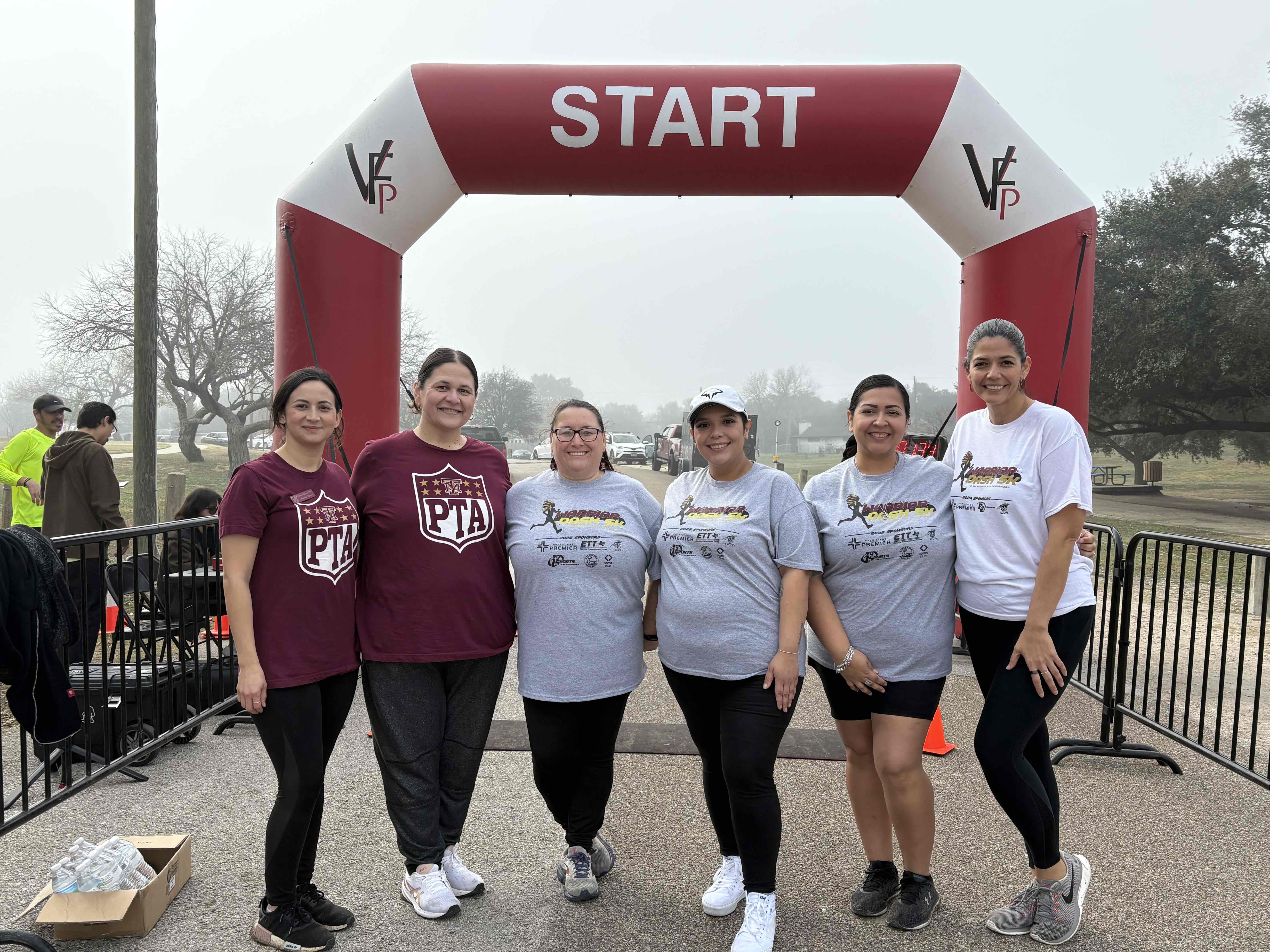From movie nights to senior breakfasts, this dedicated mom has been creating smiles at Hays CISD schools for over a decade!
“The most rewarding part? Seeing smiles on teachers’, staff’s, and students’ faces,” says our latest PTA spotlight member who started her volunteer journey when her daughter entered kindergarten in 2012 and now serves as Johnson High School PTA President. Here’s the full interview:
- How did you initially get involved with PTA? I got involved with PTA when my Senior daughter started kindergarten in 2012. I am a stay-at-home mom and had been involved in the local MOMS Club, so I met lots of women in our community. Our elementary school, Carpenter Hill, PTA president, asked if I wanted to be the Community and Family Partnership Chair. It was a great position. We had movie nights, the Boo/Hoo Breakfast, changed our Family Dance to a Daddy/Daughter Dance and had a Mother/Son Magician Show. Since I was a stay-at-home mom with one daughter, I did as much as I could. I also found out that year I was pregnant with my son, so for the rest of the time my daughter was in elementary school, I ended up volunteering to be a member on numerous committees. Once my daughter went to middle school, I was able to be the fundraising chair. I continued with that at Johnson High School and then became President in 2023. My daughter is graduating this year, but I plan to stay on and keep working with the JHS PTA.
- What is your favorite program, activity, or event that your PTA organizes? This is a hard question. I love any time we can give back to our teachers and staff because they are truly the heart of the school, and we appreciate them so much! My other favorite thing we just implemented last year is Senior Breakfast, It is so nice to see how far all the students have come and to be able to provide them with a nice meal on their final day of school. The students are so excited and thankful. It makes all the hard work we do worth it to see the smiles on their faces.
- How did you initially build and then maintain a long-term relationship with the school administration? We have several new school administrators this year, including our Principal. We are truly fortunate because our new administration is incredibly supportive of the PTA. We made sure to set up a meeting as soon as we could and let them know our short and long-term goals. They have been fantastic about allowing us to be on campus so we can provide support to our teachers, and we are trying to get the students involved in the JHS PTA as well. It is a work in progress, and we remind ourselves that it takes baby steps and that Rome was not built in a day.
- What is the most rewarding part about being involved with your PTA? Seeing smiles on the teachers’, staff’s, and students’ faces. It has been great being able to be on campus this year. We are making long-term relationships, and we can talk to everyone about the importance of PTA to schools. We have been able to share about the advocacy side, which is so important at the high school level.
- How do you maintain your energy and motivation?, Support from others on my team, reaching out to the Hays CISD PTA community to get ideas and support, and most importantly my kids telling me how proud they are of me because they see the difference that PTA makes.
- Are there any technology tools that you have found particularly helpful? (Mailchimp, Konstella, Social, etc.) How do you leverage them with your audience in mind? I am terrible with technology, but we use FB and Instagram to communicate the most, which works for parents. I am learning how to use Canva, and it is helpful. We are starting to work with students, which makes things much easier since they are much more technically savvy.
- Sonic or Starbucks? Sonic for me and Starbuck’s for my kids. Thankfully, they are across the street from one another, but I don’t know that it is great that we know all the baristas’ voices and they know us!
- Do you have a resolution or word for the new year? Perseverance
Thank you, Cassie for volunteering your time, energy and dedication to PTA and ensuring that every child’s potential becomes a reality!









 5. How do you maintain your energy and motivation?
5. How do you maintain your energy and motivation?